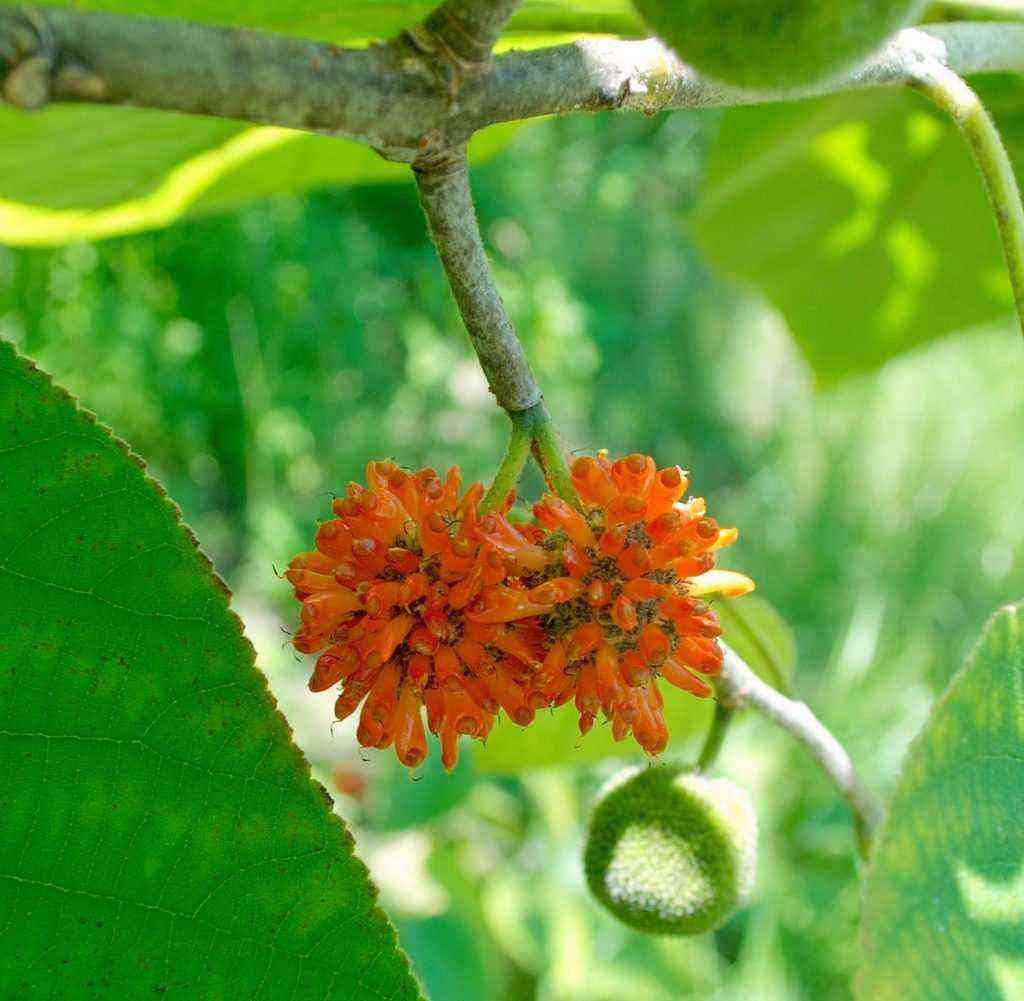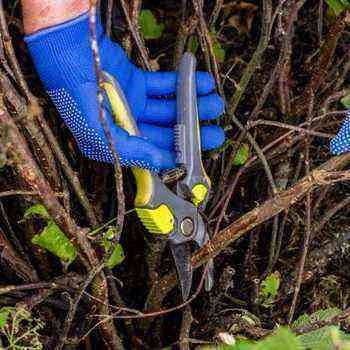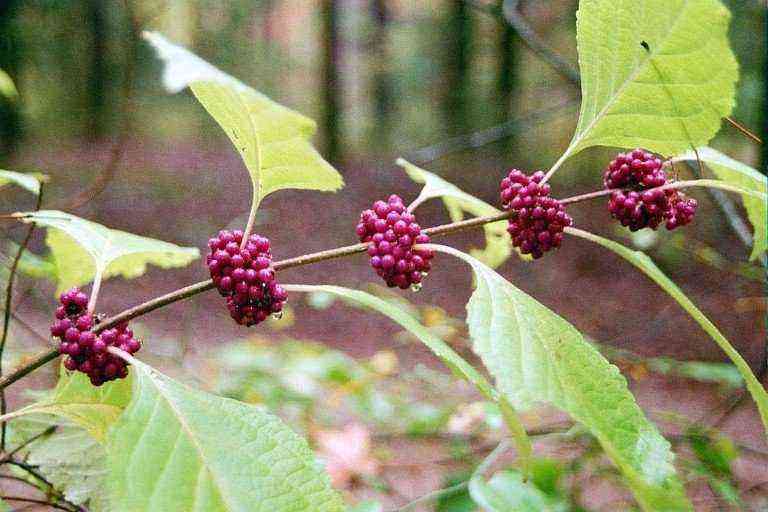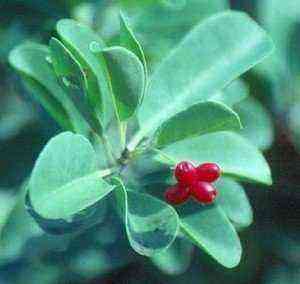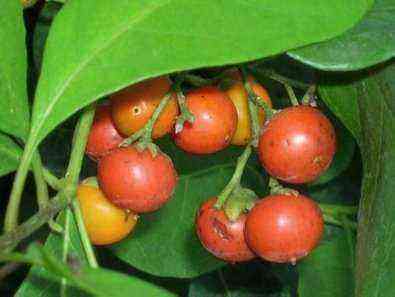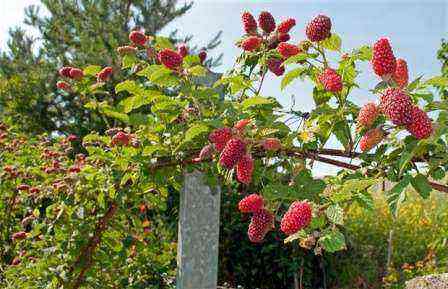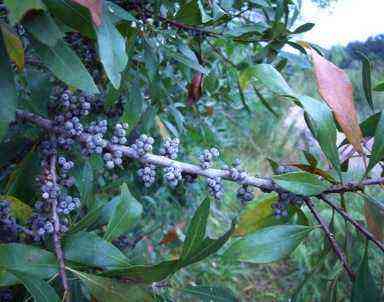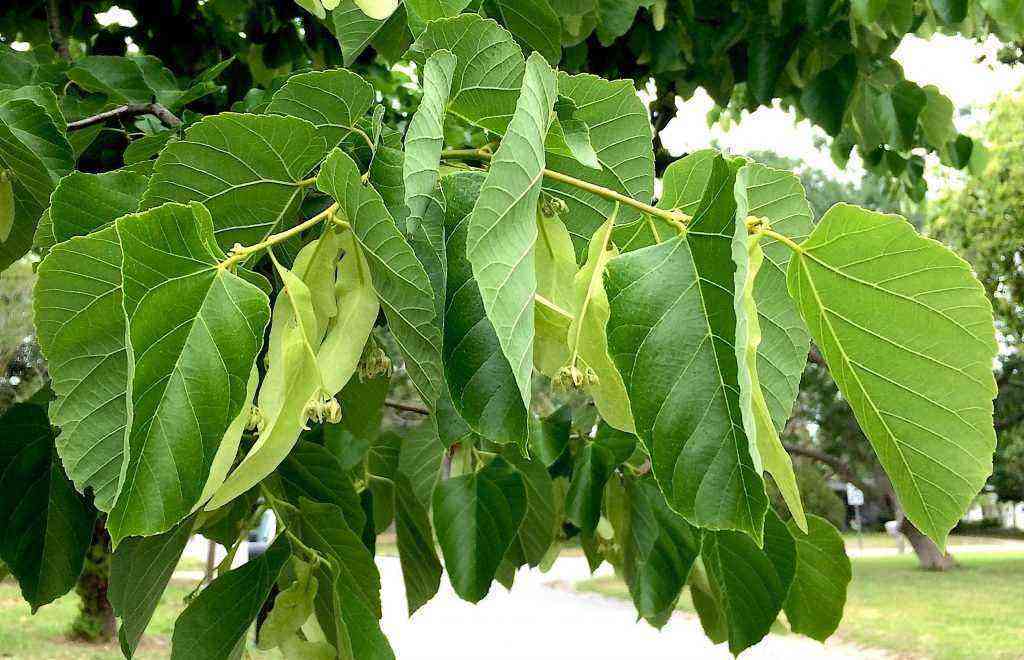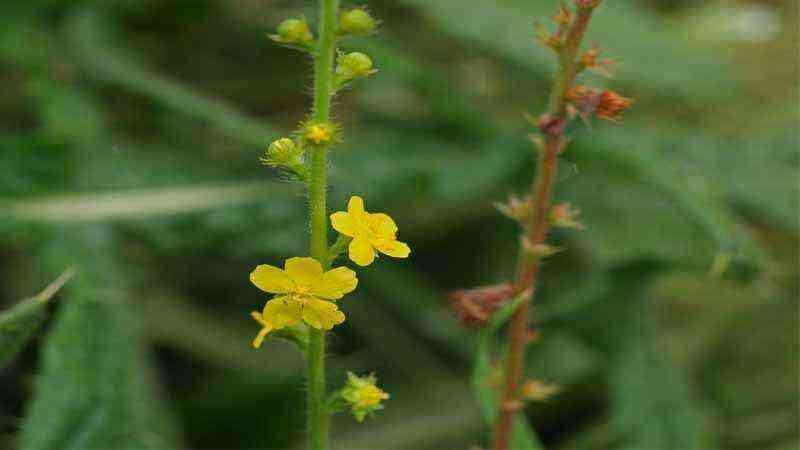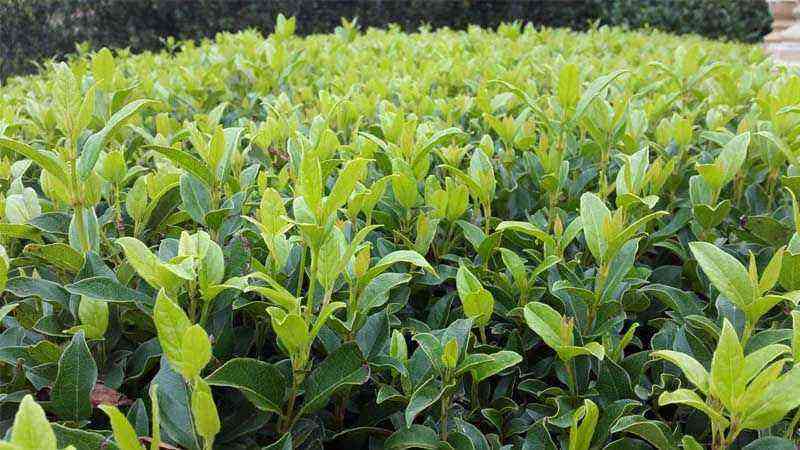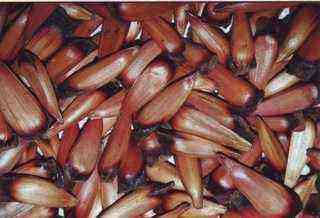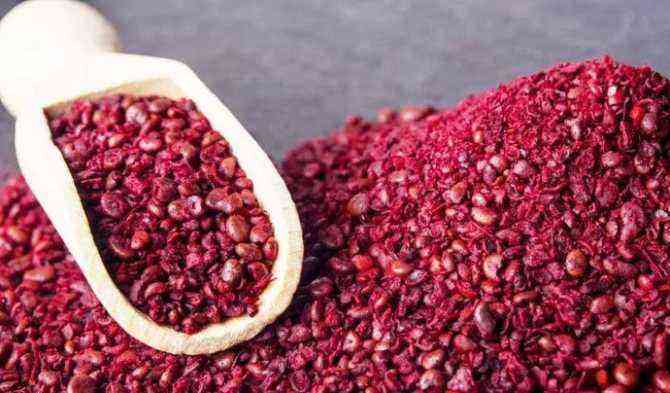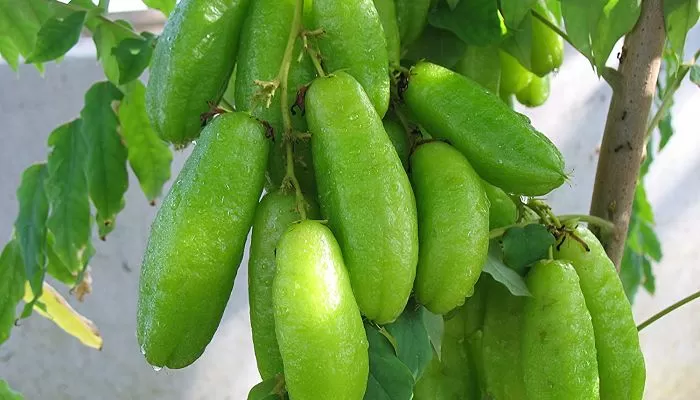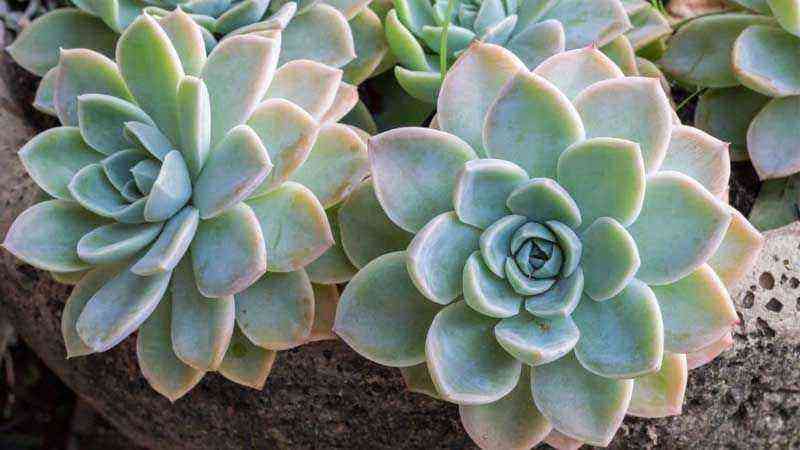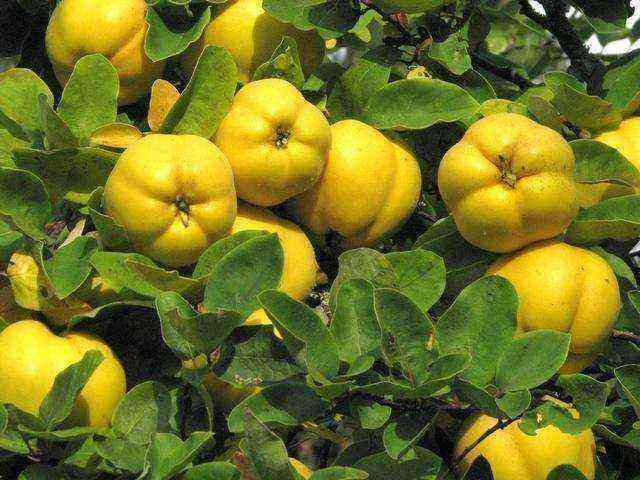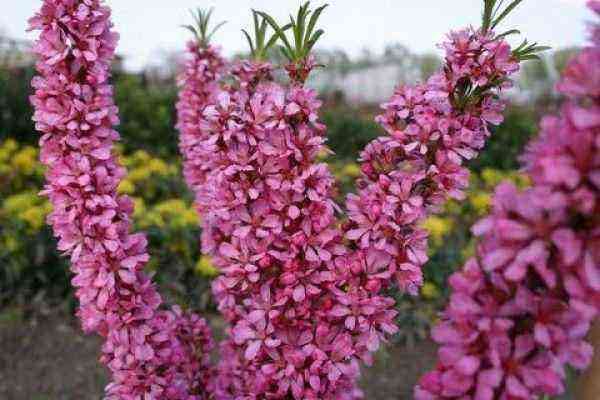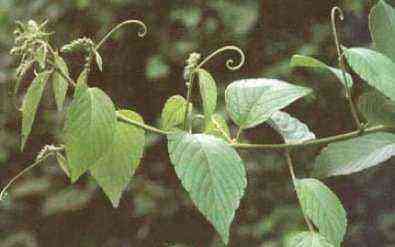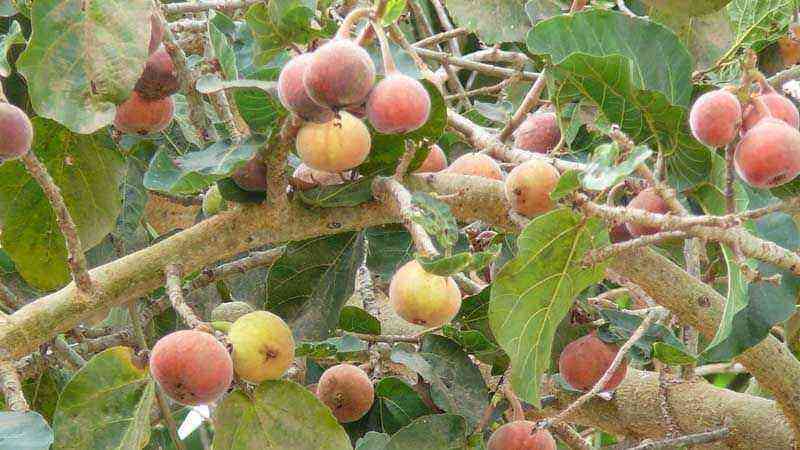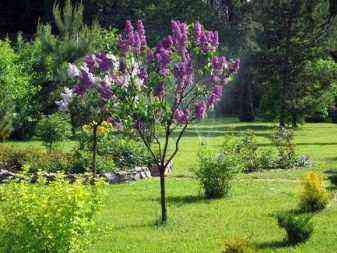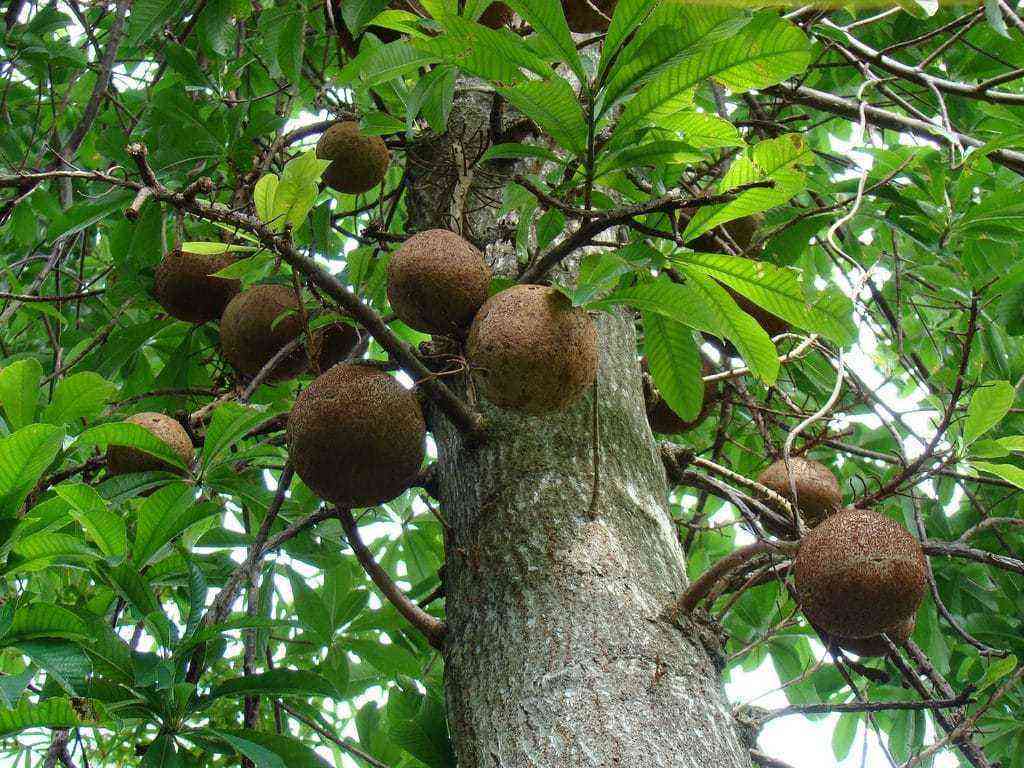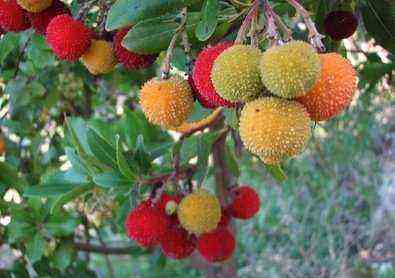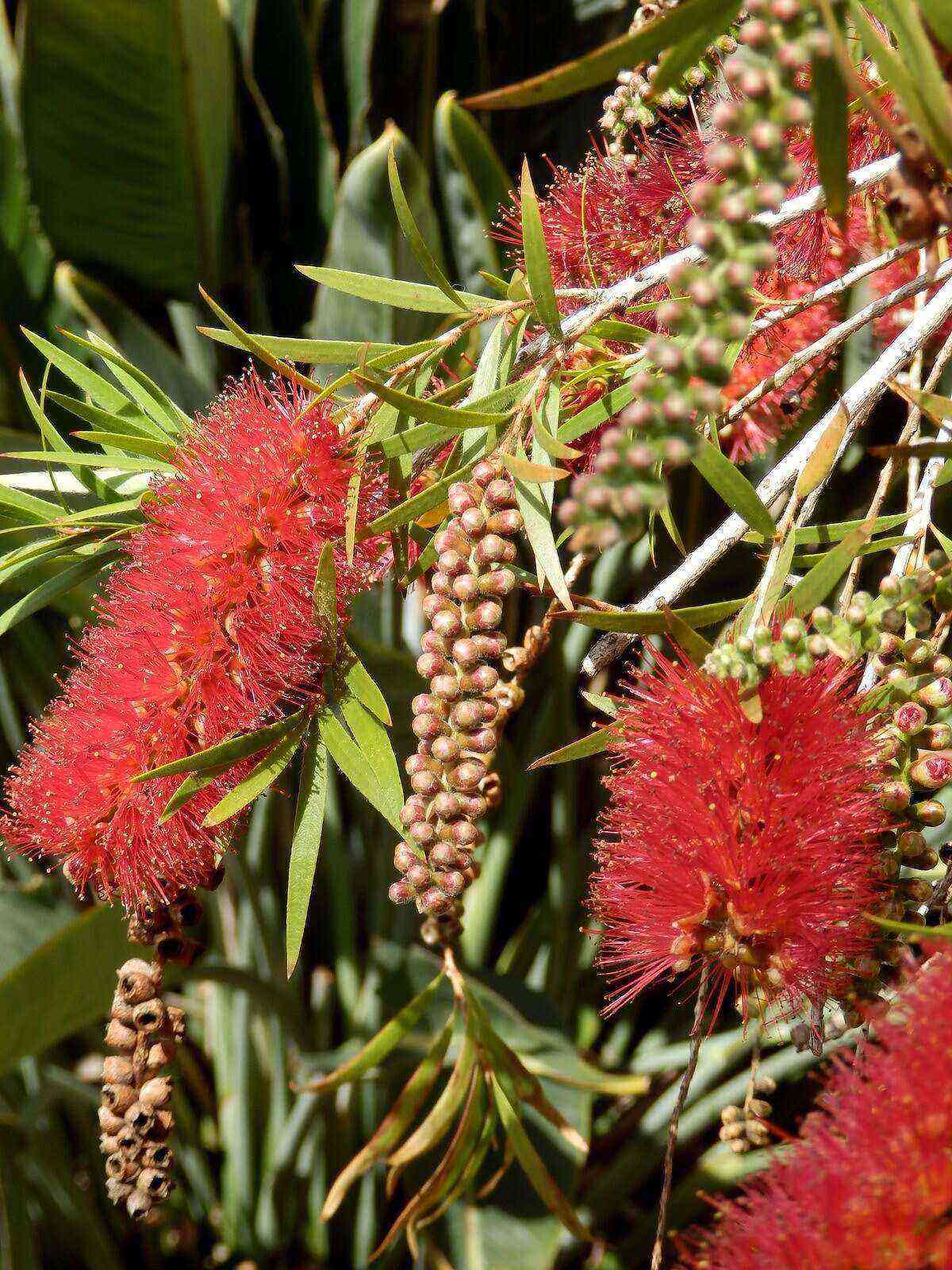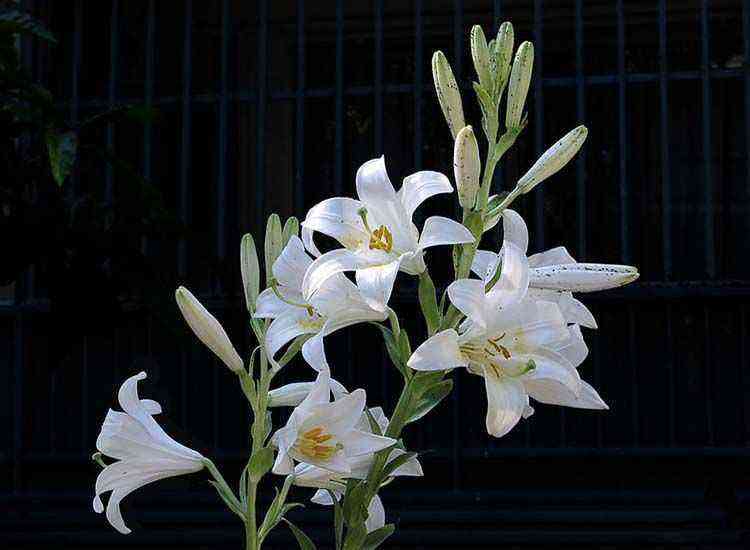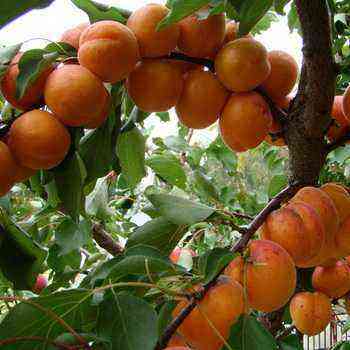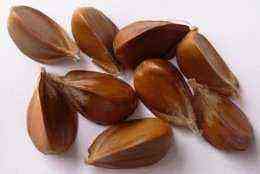The goat willow, which is often found in the literature under the name of delirium, is popularly called rakita. A culture from the Willow family, whose homeland is the European part of the continent. Although currently in the wild, it also grows in Western and Central Asia, in the Caucasus. The life cycle of a bakery, during which it can reach 10 m in height and 0,75 m in trunk width, lasts approximately 150 years.
Many culture lovers are interested in the question: a goat willow is a tree or a shrub. Everyone has their own opinion on this matter, but there is a general classification, according to which delirium is a deciduous tree, sometimes a tree-like shrub.
Popular varieties of willow on a trunk
Whole-leaved willow Pendula(Pendulum)
on the trunk has a weeping crown shape. The pinkish young leaves turn green rather quickly, and in the fall they acquire a pleasant orange-yellow tint. They have an oblong shape with a sharp tip and usually grow in length up to 15 centimeters. This willow variety is quite winter-hardy and wind-resistant, it tolerates sharp temperature changes well. It grows and develops best in a sunny location in sandy loam or peaty soil. The growth rate of shoots is small – about 20 centimeters per year, but this variety must also be sheared to thicken the crown and increase the decorative effect of the whole plant.
Iva Hakuro-Nishiki
on the trunk it is quite vigorous with long, upward-growing shoots, so that, even with strong spring pruning, its dense and rather wide crown (up to three meters in diameter) will delight you all season. Young leaves of this willow also have a pinkish tint and then turn white-green. Hakuro-Nishiki looks very beneficial against the background of plants with a monochromatic dark color. To plant a willow of this variety, you also need to choose a sunny place, and add sand and peat to the planting hole if the soil is clay.
Purple willow Nana (Nana)
on the trunk it has thin erect shoots that sag closer to the tips under the weight of dense foliage. The densely growing light green leaves have a narrow oblong shape and grow up to fifteen centimeters in length. This type of willow got its name from the purple earrings that appear on the shoots even before they are covered with foliage. Nana is less tall than Hakuro-Nishiki and will be up to two meters in diameter. It should also be planted in a sunny area with moist and loose soil.
Goat willow Pendula
on the trunk, thanks to the branchy cascading shoots, strewn with oblong, but more rounded leaves, it has a rather dense and fluffy crown of an elegant shape. It looks incredibly beautiful in spring, when the shoots are literally covered with large silvery earrings. The leaves are dull green on the front side, and slightly silvery on the back. Among the weeping forms, goat willow on a trunk is most often used in landscape compositions due to its high decorativeness and absolute unpretentiousness. Do not forget about the annual haircut and sufficient moisture, then this beautiful standard tree will be one of the main decorations on your site for many years.
Goat willow Curly Locks
on the trunk pleases the eye with unusual twisted shoots that wriggle down to the ground. Thanks to this, the willow of this variety will be decorative at any time of the year. Unlike other varieties, Curly Locks can grow in partial shade, but it does not like strong winds, so this willow should be planted in the most windless place: not far from a house, a fence or near a hedge. Covered with small bright green leaves, which by autumn become a pleasant yellow hue, the twisting shoots look very decorative.
Willow hybrid Lighthouse
on the trunk it is remarkable for its red, very flexible shoots growing in the form of a fountain. Small leaves are light green, slightly silvery, have a narrow oblong shape. The crown grows up to 2.5 meters in diameter. Like other willows, it prefers fertile, moist soil and grows most actively in sunny areas. To maintain a decorative appearance, spring pruning is recommended, then the fluffy and thick spherical shape will be attractive all season.
Stamp willows are gaining popularity every year and are increasingly used by landscape designers in both minimalistic and complex compositions. Unpretentious beauties attract attention and remain decorative throughout the season, thanks to the standard shape and unusual shoots and foliage in their own way.
1491
Share on social networks:
Description and characteristics
Goat willow is a plant from the Willow family. It is a deciduous tree, reaching a height of 10 meters with a trunk diameter of up to 75 cm. Willow is often found in the form of a woody shrub. The average lifespan of a plant in the wild is 150 years.
The goat willow got its name due to the fact that its leaves and branches are a favorite treat for sheep and goats. Its favorite growing areas are fertile rich soils with a high content of sand or gravel. Thanks to the branched root system, the plant takes root well on rocky soils.
The characteristic features of a willow tree:
- Thick and spreading branches. In young plants, they are grayish and slightly pubescent, in grown specimens, the branches acquire a greenish-gray or yellow-brown color. The branches of old willows become gray and brittle.
- Bark. In young plants, it is smooth, greenish-gray. Then it becomes reddish-olive or reddish-brown, which is why the tree is also called red vine or willow. Over time, the bark at the bottom of the plant will crack. Goat willow wood turns red in the air.
- Leaves. In goat willow, they are oblong, lanceolate or ovate, with jagged edges, up to 18 cm long and up to 5 cm wide.The outer side of the leaves is dark green, the lower one is grayish. Buds are located in the axils of the leaves.
- Flowers – large fluffy earrings. The willow begins to bloom in April, before the foliage appears. It blooms for 10 to 13 days. Willow is a dioecious plant. She has female and male flowers: female wide, oblong, up to 6 cm long, male – multi-flowered, cylindrical, up to 10 cm long. Willow is a valuable melliferous plant that attracts insects with a pleasant smell of flowers.
- Willow fruits are in the form of bolls with a diameter of 7-8 cm, located on a fluffy petiole. Each box contains up to 18 seeds. The seeds are equipped with fluffy shoots, thanks to which they are transported over a considerable distance.
Mulberry: properties, benefits and harms of berries for the body
The cultivated goat willow is very decorative… She remains attractive at any time of the year:
- In the spring, after the snow melts, the shoots are covered with fluffy flowers.
- All summer and autumn the tree is covered with dense elegant foliage.
- In winter, after the leaves fall, the willow branches stand out against the background of the snow with a bright and unusual color.
Goat willow is widely used in landscape design. Especially often it is planted on the personal plots of private houses and cottages. It reaches a height of 3 to 6 m. The goat willow on a trunk looks very impressive and attractive. Planting and caring for her is simple. The appearance of the plant is highly dependent on light and soil composition. The tree looks great in rocky gardens and on the banks of water bodies. It binds the soil well with roots, so it is often planted on the slopes of ravines.
Beauty and form

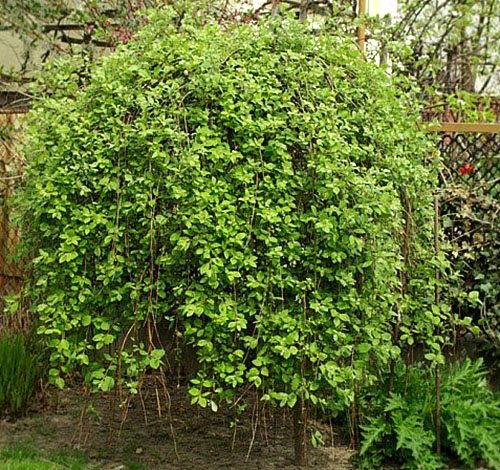
Goat willow in landscape design (photo can be seen below) is very common. And all thanks to its beauty and shape. Moreover, the appearance of the plant is highly dependent on the soil in which it grows, and the illumination.
Most often, the rakita is planted in the improvement of private houses and estates. At first glance, the willow looks unsightly, but thanks to its weeping forms, grafted onto the stem, it acquires a very attractive appearance.
Willow looks great in rocky gardens, as well as on the edge of water bodies. It is worth appreciating another advantage of the plant – the ability to cement the soil with roots, so it is not surprising that it is often planted on slopes.
Plant care
Basic tree care includes:
- Watering. In the first year of life, this willow variety needs abundant moisture. A weeping beauty should consume about 50 liters of water in two weeks. If the summer is too dry, then this volume goes away in a shorter period. In the second, third and subsequent years, one irrigation is sufficient, which can be carried out every week.
- Fertilizer. For the entire period from early spring to autumn, you need to feed the willow two or three times. Complex mineral fertilizers are suitable for this. In September, the tree is fed with superphosphate or sulfuric potassium. If a dark bloom appears on the leaves, then copper oxychloride is used for treatment.
- Mulching. It helps to retain moisture and stop weeds from growing. Peat, paper, sawdust, expanded clay or pebbles are ideal for this. All this material is crushed and scattered under the tree on top of the soil.
- Loosening. If the ground under the plant is too dry and cracks have formed, they must be removed. To do this, loosen the soil a day after watering.
- Preparing for the winter. This step in grooming is also significant. In order for the plant to endure our harsh winter well, the trunk is wrapped in a covering material. This procedure is used for trees under three years old.
We looked at how to properly care for a plant like the goat’s willow Pendula. Pruning is another basic care that we will pay special attention to.
Wood trimming
Goat willow care is not complete without proper pruning. It is she who gives the crown a decorative look and splendor. In the first few years, it is necessary to cut off all branches, leaving a length of no more than 15 cm. At the same time, make sure that a bud remains at the end, looking up and to the side, not inside the crown. This will help the tree develop properly and form a lush umbrella from the clipped shoots.
This pruning is called candelabra pruning and is suitable for experienced gardeners who are well versed in their craft.
Pruning should be done according to the rules. Do it in early June, as soon as the plant stops blooming. If you shorten the branches in the fall, the next year, the Goat pendula willow may not bloom and please you with a chic golden look.
Novice summer residents can simplify the procedure and take care of the crown throughout the summer. Watch the growth of young shoots and pinch them, that is, remove the apical buds as soon as the branches reach a length of 15 cm. From such pruning, the lateral buds awaken, and the crown grows lush and symmetrical.


Goat willow varieties
Several varieties have been bred by breeders, each of which has its own characteristics. The most popular varieties include:
Silberglyants
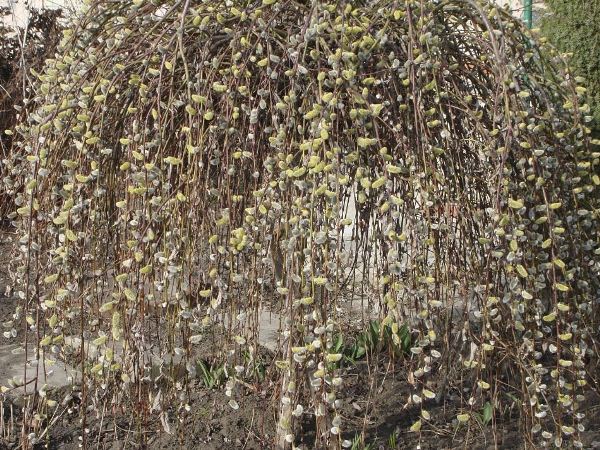
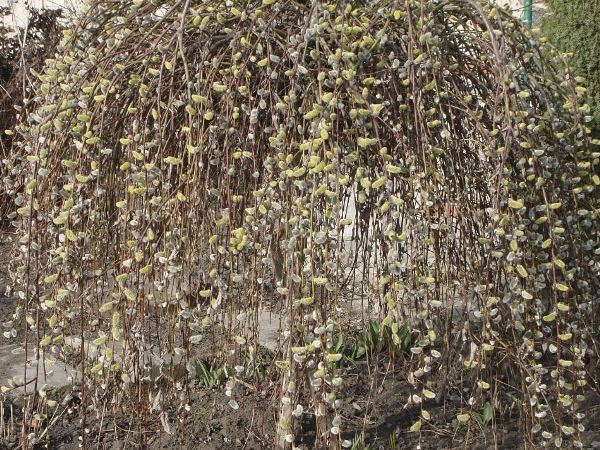
Willow goat Zilberglyants
The variety is actively used in landscape design. The tree looks especially impressive during flowering.… During this period, many large earrings appear on the plant. The leaves of the tree are wide and oval in shape. This variety is highly frost-resistant.
Mas
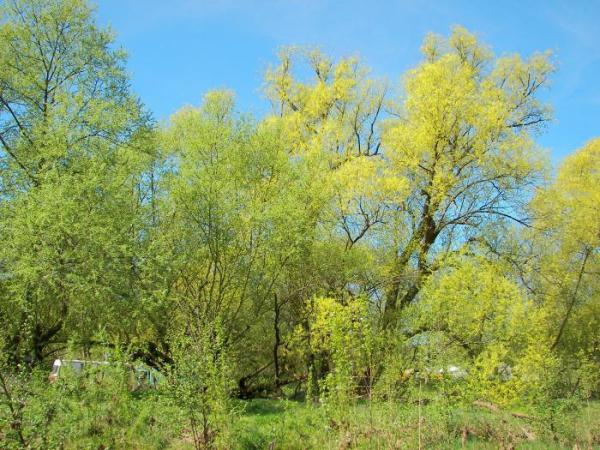

Goat willow Mas
Trees of this variety are more like shrubs, their height is 10 meters. A distinctive feature of this species is a lush spreading crown… In spring, the tree blooms profusely.
Weeping willow

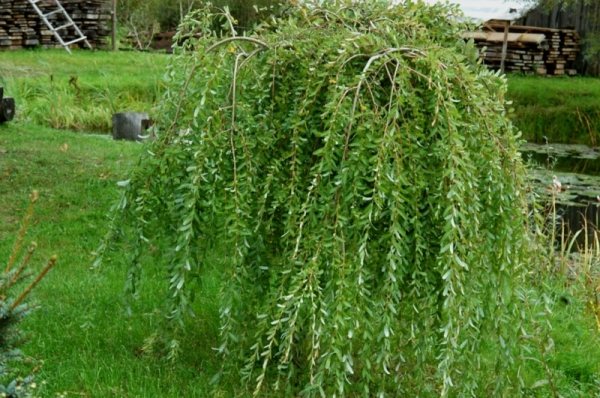
Weeping willow
Differs in low growth. It barely reaches three meters. Long branches hang down to the ground. Weeping willow grows very quickly, blooms profusely in spring, her earrings have a very pleasant honey scent.
Pendula
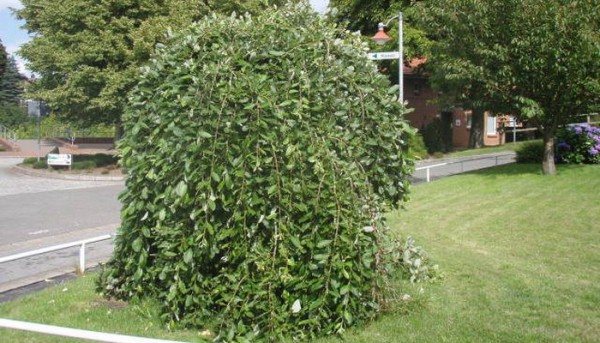
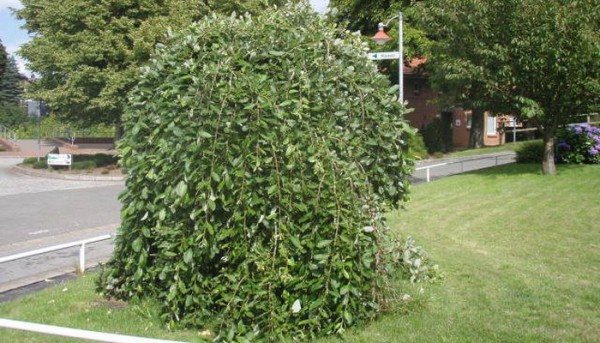
Iva Kozya Pendula
Goat willow Pendula is a deciduous tree. Crown shape weeping, tent-shaped, 2-3 m wide, 2-3 m high… The average life expectancy is up to 30 years. Leaves are oblong-elliptical, dark green, 8-10 cm long. Yellow in autumn. Flowers – golden yellow, flat earrings. Blooms from April to May. Flowering lasts up to 15 days. The fruits are boxes. The tree is light-requiring, shade-tolerant. It grows in any soil moisture.
Kilmarnock
Willow goat Kilmarnock
Goat willow Kilmarnock is a miniature, standard tree up to 1.5 m high.These are long, deeply drooping, stretching to the very ground… The shape of the crown is weeping, in the form of an umbrella. Blooms in April. Flowers – silvery, numerous, yellow earrings with a pleasant aroma.
All varieties are used for decorative purposes. They are used to decorate gardens, parks, summer cottages.
Varieties
As a rule, gardeners prefer the following willow varieties:
- Pandula, the main decoration of which is the weeping view of the crown and the standard form.
- Kilmarnock, which has a diminutive size and an umbrella crown.
Iva goat Pendula
A tree with a height of within 3 m, the life cycle of which is 30 years. A light-loving species that is able to withstand slightly shading and growth on soils with any moisture level. For its normal development, it is required to provide abundant watering, not forgetting about a high drainage layer in order to avoid overflows. Another useful property of the plant is frost resistance. But in latitudes with severe winters, it is better not to risk it – to provide shelter for the trunk.
Once again, we note that the main advantages of the Pendula willow are tent-shaped weeping crown and the graceful appearance of the willow on the trunk. The dark green leaf plates of the Pendula goat willow, which have an oblong elliptical shape of 10 cm, change color to yellow in autumn.
Flowering occurs in the second half of spring, when flat golden catkins are ejected. The flowering phase lasts no more than two weeks. After the completion of this phase of development, the formation of fruit in the form of bolls takes place.
The most difficult and time consuming element of Pendula care is pruning. If the crown was not properly formed in the first year, the shoots will lie on the ground, leading to a loss of the decorative value of the variety. All shoots should be cut off from a young specimen, leaving a length of only 15 cm. Not forgetting the need for the presence of a bud on the remaining branch, looking to the side or up. This way of cutting will allow you to create a shape that resembles an open umbrella.
Willow goat Kilmarnock
A distinctive feature of the species is diminutiveness. – the maximum height is 1,5 m. Like the previous species, this standard tree looks like an open umbrella with shoots reaching the ground level. The variety is photophilous, resistant to frost and drafts, undemanding to the type of soil. However, the plant has one drawback, which is moisture sensitivity. When watering, you should have a sense of proportion. The beginning of flowering is celebrated in mid-spring with the ejection of many catkins, consisting of small fragrant flowers.
Let’s be treated!
If you decide to grow something in your garden that cannot be seen in everyone, then the goat willow Pendula is ideal for you. Diseases and pests are the only things that can darken the cultivation, but you can also fight ailments.
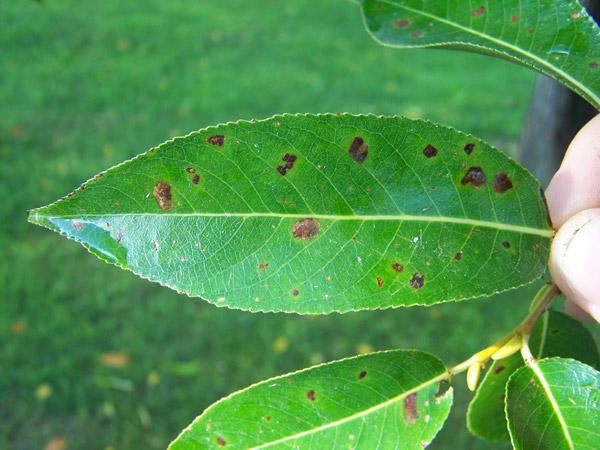

Consider what pests and diseases the willow is exposed to:
- Willow leaf roll. Harms the tree at the larval or caterpillar stage. To get rid of the insect, you can spray the willow with chemicals that are available in specialized stores.
- Flower fly. To begin with, it is worth finding a place where the larvae live. Remove the topsoil, if they are located there, then you will immediately find them. You can remove flies by watering the soil with a weak solution of potassium permanganate. If it does not help, then insecticides will come to the rescue.
- Powdery mildew. This is a representative of a fungal disease that multiplies at a high rate. Timely need to remove bad leaves. You can spray with a drug, the action of which is aimed at combating fungal diseases. It is recommended to replace part of the soil under the tree.
- Black spot. To avoid it, it is necessary to reduce the contact of leaves with water. It is sometimes difficult to do this outdoors, so choose places where the breeze will constantly blow the willow. Timely weeding of weeds and removal of debris under the tree helps to fight black spots.
Possible problems in the cultivation of culture
According to experts, the culture is resistant to most diseases. However, their manifestations are periodically noted on willow. Unfortunately, it is not only diseases that represent the difficulty in cultivating rakita. The most common problems:
- Diseases. The appearance of a white bloom on the foliage signals the infection of the tree with powdery mildew, the causative agent of which is a fungus that infects the leaf plates at the bottom of the crown. Over time, infected leaves turn yellow and fall off. The appearance of black spots. Foliage can also be affected by another fungal disease known as black spot. As a preventive measure, systematic weeding of the near-trunk circle should be carried out and control should be made that water does not get on the foliage when watering. If the development of diseases has already begun, then it is necessary to carry out treatment with chemical preparations of fungicidal action.
- Pests. Often, goat willow becomes the target of attacks from pests such as flower fly or willow leafworm. To protect the tree from flower flies, you can water the soil in the near-trunk zone with a weak solution of potassium permanganate. This procedure will destroy the fly larvae that are there. The most effective method is the use of insecticidal drugs.
Proper care and timely protection of the plant from diseases and pests will allow the gardener to enjoy its attractiveness for many years.
Highlights of grafting
What rules must be followed in order to grow a beautiful standard tree, pleasing to the eye and harmoniously fitting into the design? Here’s a quick step-by-step guide:
- Grow the base (or stem). A young seedling is tied to a support and allowed to develop to a certain height.
- Take a healthy stalk with two to four living buds.
- Above the upper bud of the cutting (scion), make an oblique cut, and in the lower part, using two slices, create a kind of wedge.
- With a pointed section (wedge), carefully insert the scion into the stem so as not to damage the latter.
- Treat the junction with a garden pitch and tie it with a plastic band or electrical tape, which over time can be changed to new ones, and after a year it can be completely removed.
- After a month, the stalk should take root, and new buds will appear on it. Freshly baked shoots will soon form, and as soon as they grow twenty centimeters, they will need to be pinched correctly.
Vaccinations should be manipulated in the spring, in dry, sunny weather, so as not to bring bacteria, fungi or infection into the junction.
It is recommended to regularly feed the grafted trees with nitrogen fertilizers (preferably twice a summer), and also treat them against diseases and pests for preventive purposes.
What to do if the grafted shoot has not taken root? It’s okay, it will be possible to try again soon, but it is recommended to do this a year after the unsuccessful vaccination.
Recently, gardeners have begun to use in practice not only standard trees, but also shrubs. What does it look like in reality?
Pollination and application of goat willow
Blooming goat willow is one of the first spring pastures for bees. Its thin branches seem to be covered with yellow fluff, and a honey scent is felt from a distance. Willow flowers are rich in nectar, and it lies completely open – in the form of a small droplet on the inner surface of the flower scales. Insects know this very well, and therefore, near the trees on warm spring days, a continuous humming is heard. And as for the willow itself, like her sisters, she just needs friendship with insects. Such spring primroses as aspen and alder are pollinated by the wind. And the wind will not help the willow. To pollinate goat willow, bees or bumblebees are required. Insects collect pollen from yellow male willow flowers, and nectar from nondescript female flowers. This is how the tireless workers do a useful job, flying from flower to flower. The honey content of goat willow is very stable, and even in the most unfavorable spring, the tree gives a sufficient collection of honey.
As a medicine, goat willow, like other species of willow family, use bark. It contains the glycoside salicin, which has an antipyretic effect on the human body, tannins, vitamin C. A decoction of the bark is used in scientific and folk medicine as an astringent, diaphoretic, anti-inflammatory and antipyretic agent. Before the discovery of quinine, they were treated for malaria. The decoction is also used to treat non-healing wounds and ulcers, rinse the head in case of hair loss. Bleeding wounds are sometimes dusted with bark powder.
Goat willow bark is suitable for tanning and black dye production. Its leaves were used to counterfeit tea: they contain a lot of vitamin C.
All willows are long-lived plants.
Landing
Planting can be done throughout the season, but the optimal period is early spring. For a good rooting of the tree, attention must be paid to the quality of the planting material at the acquisition stage. Rakita grown on a stem needs careful examination for damage to the bark and dead scales on it. Only after a detailed inspection can you buy a seedling. Goat willow has no special requirements for the soil, but loamy soils are considered preferable, which, due to sufficient density, retains moisture. Planting should be carried out in a well-lit area, protected from drafts, in a previously prepared hole 40 cm deep and 50 cm in diameter.
There are a number of secrets, the implementation of which will allow for a competent landing:
- Drainage is placed in the planting pit in the form of a thick layer of broken brick, which prevents the possibility of decay of the horse system.
- The third part of the pit is filled with a soil mixture of humus, compost and peat, combined in equal proportions.
- With heavy soil, a fifth of the sand is added to the mixture.
- Then mineral fertilizers are introduced there in the form of 200 g of azofoska.
- After thorough mixing, a seedling is placed in the pit and covered with earth.
- The soil under the tree is compacted.
At the end of the procedure, the planted plant is watered abundantly – at least 15 liters of water. In the first year, goat willow needs increased moisture – 12 liters twice a week. And in the summer season under dry conditions, the frequency of irrigation must be increased. In the future, irrigation is reduced to once a week.
Sources used:
- https://sotka.guru/derevya/ukrashenie-sada-kozya-iva-na-shtambe.html
- https://fikus.guru/derevya/iva/kozya-iva-kilmarnok-i-pendula-na-shtambe.html

